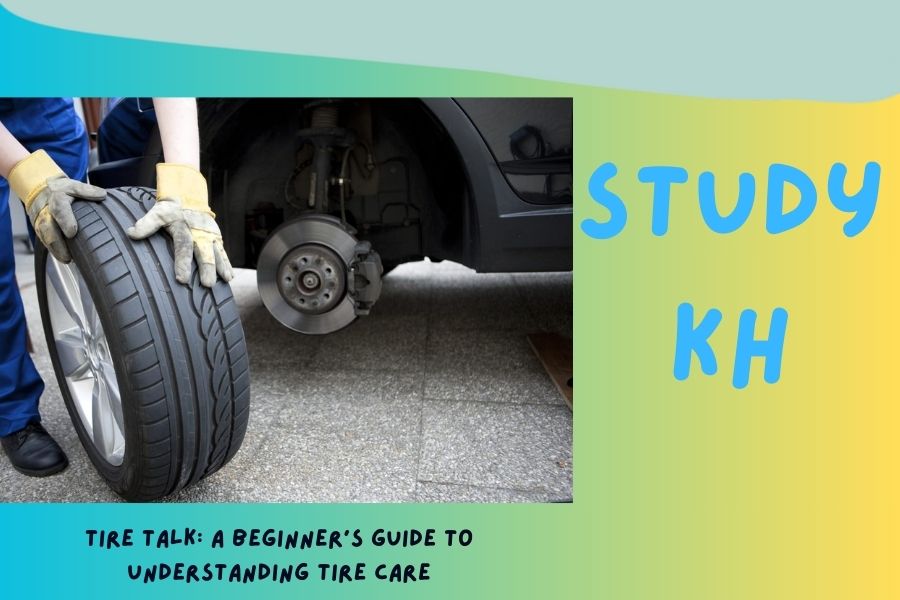Welcome, fellow road travelers, to the wonderful world of tires! If you’re here, chances are you’ve either just got your hands on a new set of wheels or you’ve realized it’s high time you started paying more attention to those rubbery companions beneath you. Fear not, for you’re about to embark on a journey of enlightenment about the unsung heroes of the road – your tires!
Introduction to Tires
Before we delve into the nitty-gritty of tire care, let’s start with the basics. Tires are not just round, black things that keep your car off the ground; they are complex pieces of engineering designed to provide traction, stability, and comfort while you’re cruising down the highway or maneuvering through city streets.
Types of Tires
Tires come in various shapes and sizes, each suited for different driving conditions and vehicle types. Here are some common types you might encounter:
- All-Season Tires: These are the Jack-of-all-trades of tires, designed to perform reasonably well in various weather conditions, from dry pavement to light snow.
- Summer Tires: Made from a harder rubber compound, these tires excel in warm weather, offering superior traction and handling on dry roads.
- Winter Tires: With deeper treads and a softer rubber compound, winter tires are your best bet for navigating through snow and ice with confidence.
- Performance Tires: If you’re a speed demon who loves hugging corners, performance tires are tailor-made for you. They offer enhanced grip and responsiveness, perfect for spirited driving.
The Importance of Tire Care
Now that you know the basics, let’s talk about why tire care matters. Your tires are the only point of contact between your car and the road, so it’s essential to keep them in top-notch condition for optimal performance and safety.
Benefits of Proper Tire Maintenance
Proper tire maintenance offers a myriad of benefits, including:
- Improved Safety: Well-maintained tires ensure better traction and handling, reducing the risk of accidents.
- Enhanced Fuel Efficiency: Properly inflated tires roll more efficiently, improving fuel economy and saving you money at the pump.
- Extended Tire Life: Regular maintenance helps prevent premature wear and tear, prolonging the lifespan of your tires and saving you from frequent replacements.
Tire Care 101: A Step-by-Step Guide
Now that you understand why tire care is crucial let’s dive into the practicalities of keeping your tires in tip-top shape.
1. Check Tire Pressure Regularly
Maintaining the correct tire pressure is perhaps the most critical aspect of tire care. Underinflated or overinflated tires can affect handling, fuel efficiency, and tire longevity. Consult your vehicle’s owner’s manual or the sticker on the driver’s side door jamb to find the recommended tire pressure for your car.
Tire Pressure Guidelines
| Driving Condition | Recommended Tire Pressure (PSI) |
|---|---|
| Normal Driving | 32-35 |
| High-Speed Driving | 35-38 |
| Heavy Loads | 35-40 |
2. Inspect Tread Depth
The tread on your tires plays a crucial role in maintaining traction on the road, especially in wet or snowy conditions. Use a tread depth gauge or the penny test to check the depth of your tire treads regularly.
Tread Depth Guidelines
| Tread Depth (inches) | Condition |
|---|---|
| 0-2/32 | Replace Tires |
| 3-4/32 | Monitor Wear |
| 5-6/32 | Good Traction |
| 7-8/32 | Excellent Traction |
3. Rotate Your Tires
Tires wear unevenly due to factors like weight distribution and driving habits. Rotating your tires regularly helps ensure even wear, extending their lifespan and improving overall performance.
Tire Rotation Schedule
| Front-Wheel Drive | Rotate every 6,000-8,000 miles | | Rear-Wheel Drive | Rotate every 6,000-8,000 miles | | All-Wheel Drive | Rotate every 4,000-6,000 miles |
4. Maintain Wheel Alignment
Proper wheel alignment ensures that your tires make optimal contact with the road, reducing uneven wear and improving handling. Have your alignment checked annually or whenever you notice signs of uneven tire wear or steering problems.
5. Avoid Overloading Your Vehicle
Exceeding your vehicle’s load capacity puts undue stress on your tires, leading to premature wear and potential blowouts. Check your vehicle’s manual for its maximum load capacity and avoid exceeding it.
Common Tire Care Mistakes to Avoid
Even seasoned drivers can fall prey to common tire care mistakes. Here are a few pitfalls to steer clear of:
- Ignoring Tire Pressure: It’s easy to overlook tire pressure until it’s too late. Make it a habit to check your tire pressure regularly, especially before long trips.
- Neglecting Tread Depth: Don’t wait until your tires are bald to replace them. Keep an eye on tread depth and replace your tires when they reach the recommended minimum.
- Skipping Tire Rotations: Tire rotations may seem like a hassle, but they’re essential for prolonging tire life and ensuring even wear.
- Ignoring Signs of Damage: Cracks, bulges, and punctures are all signs of tire damage that shouldn’t be ignored. Inspect your tires regularly for signs of wear and tear.
Conclusion
Congratulations! You’ve successfully completed Tire Talk 101 and are now equipped with the knowledge to keep your tires happy and healthy for miles to come. Remember, proper tire care isn’t just about prolonging the life of your tires; it’s about ensuring your safety and the safety of those around you. So, the next time you hit the road, give your tires a little love and appreciation—they deserve it! Happy motoring!
